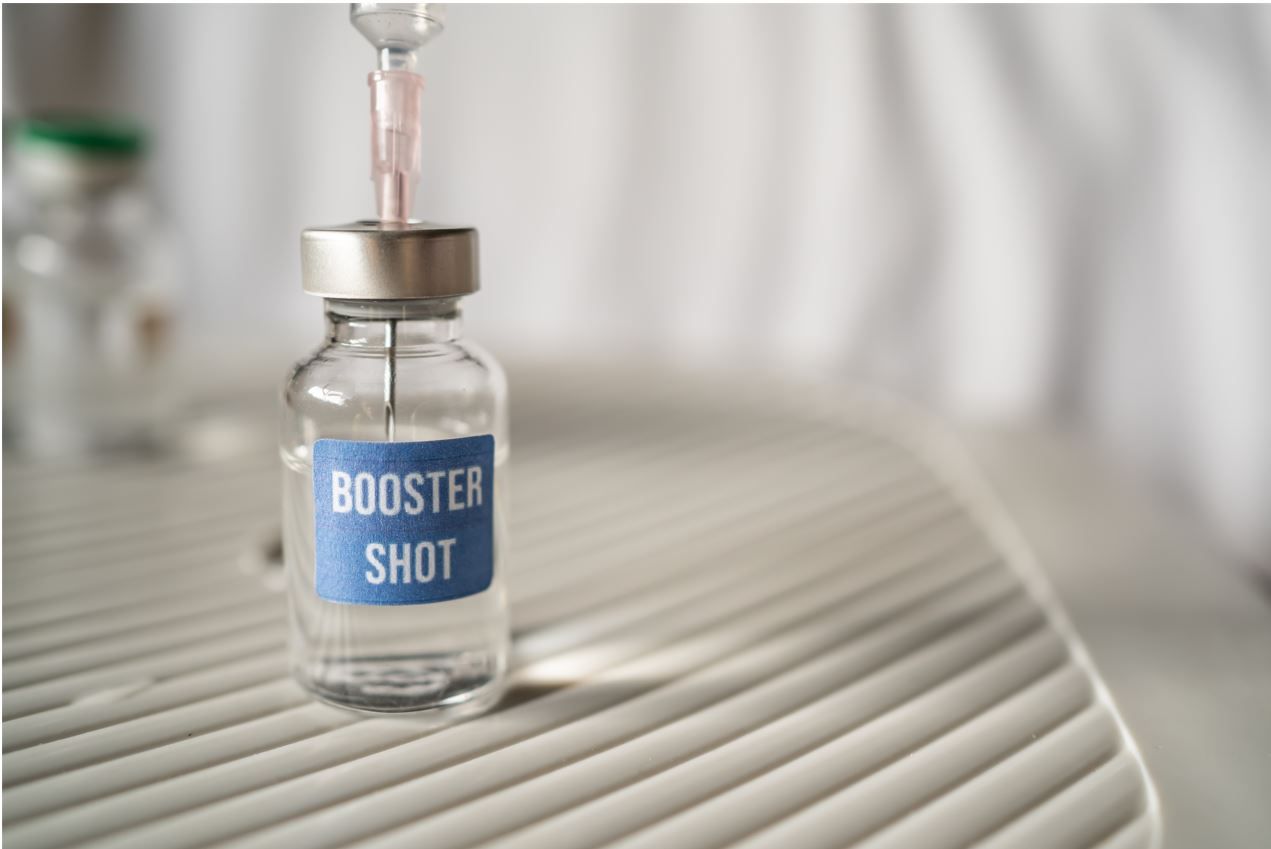
- Clinical Technology
- Adult Immunization
- Hepatology
- Pediatric Immunization
- Screening
- Psychiatry
- Allergy
- Women's Health
- Cardiology
- Pediatrics
- Dermatology
- Endocrinology
- Pain Management
- Gastroenterology
- Infectious Disease
- Obesity Medicine
- Rheumatology
- Nephrology
- Neurology
- Pulmonology
FDA, CDC Authorize Use of Pfizer, Moderna Booster Shots for Every US Adult
Booster doses for US adults at least 18 years of age are expected to be available as soon as this weekend.
©wachiwit/stock.adobe.com

The US Food and Drug Administration (FDA) on Friday expanded the emergency use authorizations (EUAs) for the Pfizer-BioNTech and Moderna COVID-19 vaccines to include booster shots for all persons at least 18 years of age or older.
The CDC’s Advisory Committee on Immunization Practices followed suit several hours afterward and unanimously endorsed booster doses of Pfizer and Moderna vaccines, which the CDC will take into consideration when deciding whether to endorse the expanded EUAs. If CDC director Dr Rochelle Walensky formally accepts the recommendation, which she is expected to do, the shots would be available this weekend.
“Authorizing the use of a single booster dose of either the Moderna or Pfizer-BioNTech COVID-19 vaccine for individuals 18 years of age and older helps to provide continued protection against COVID-19, including the serious consequences that can occur, such as hospitalization and death,” said acting FDA Commissioner Janet Woodcock, MD, in an agency press release.
The FDA’s decision expands the use of booster shots of both vaccines to include all adults at least 6 months after they complete a 2-dose series of the Pfizer or Moderna vaccine or at least 2 months after completion of primary vaccination with the single-shot Johnson & Johnson COVID-19 vaccine.
Previously, a single booster dose of the Moderna and Pfizer vaccines was limited to persons aged ≥65 years, and those aged 18 to 64 years at high risk of severe COVID-19 or with frequent institutional or occupational exposure to SARS-CoV-2.
“Streamlining the eligibility criteria and making booster doses available to all individuals 18 years of age and older will also help to eliminate confusion about who may receive a booster dose and ensure booster doses are available to all who may need one,” said Peter Marks, MD, PhD, director, Center for Biologics Evaluation and Research, FDA, in the press release.
The Pfizer booster dose is the same as the 2 primary shots (30 μg), while Moderna is administered as a half-dose (50 μg) of its primary series dose.
The FDA’s decision to grant the amended EUAs was based on safety and immunogenicity data provided by each manufacturer.
For Moderna, the FDA analyzed immune response data from a phase 2 clinical trial among 149 adults who received the 2-dose 100 μg series (the dose originally authorized by the FDA), plus a booster. The antibody response against SARS-CoV-2 virus 29 days after the booster dose demonstrated a booster response, according to the FDA.
For Pfizer, the FDA reviewed immune response data from approximately 200 participants aged 18 to 55 years who received a single booster dose about 6 months after their second dose. The antibody response 1 month after the booster dose compared with the response 1 month after the 2-dose primary series in the same participants showed a booster response.
The FDA also noted the increased risk of myocarditis and pericarditis following vaccination with Pfizer and Moderna COVID-19 vaccines, which the agency determined that “the benefits of a single booster dose of either the Moderna or Pfizer-BioNTech COVID-19 vaccines outweigh the risks,” in adults aged ≥18 years.
Common side effects reported by persons who received a booster dose of both vaccines were pain, redness and swelling at the injection site, fatigue, headache, muscle or joint pain, and chills. “Of note, swollen lymph nodes in the underarm were observed more frequently following the booster dose than after the primary two-dose series,” according to the FDA.
2 Commerce Drive
Cranbury, NJ 08512
All rights reserved.